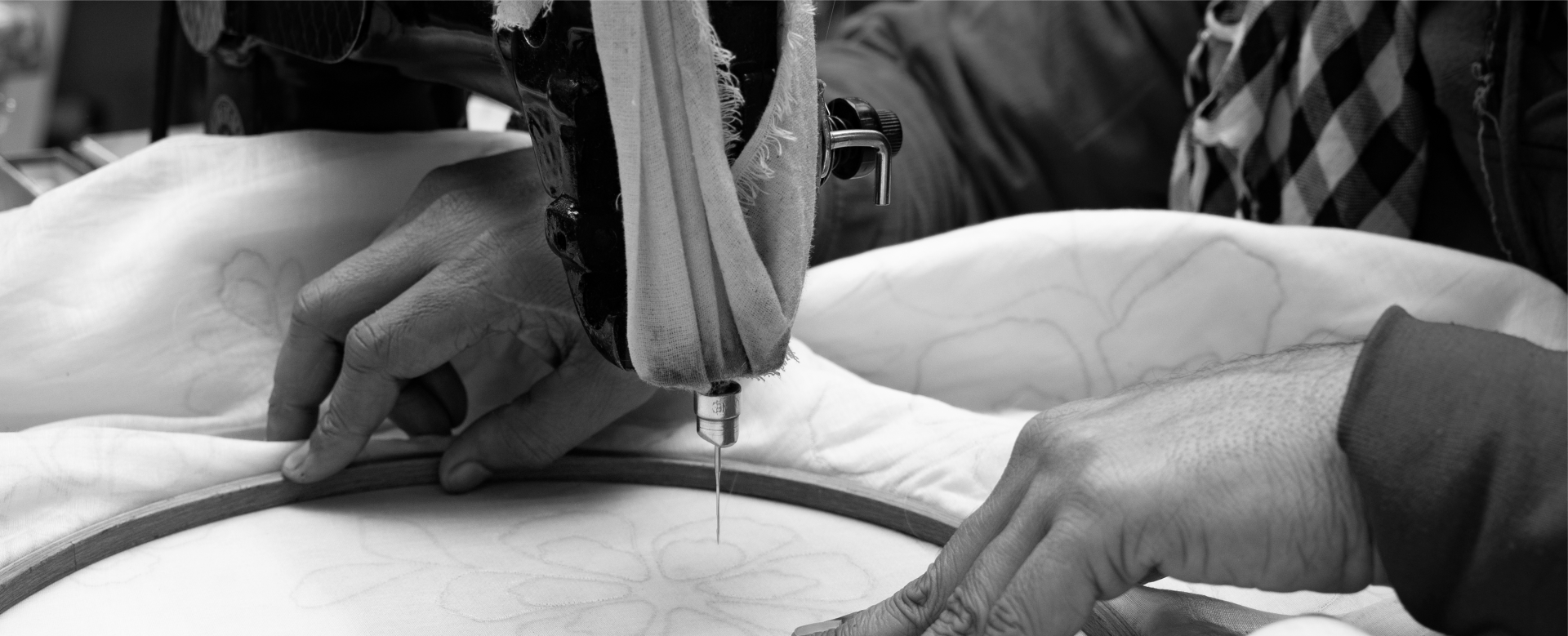
Design Methodologies in Upcycling Garment Cut-Offs and Clothing Samples
The global fashion and textile industry is one of the world’s most polluting industries, mainly because of the amount of GHGs it releases into the air, water and chemical pollution, and waste generation. Textile waste has become such a huge concern after statistics showed that in 2015, 92 million tonnes of clothing were sent to landfills and at current growth rates, this number could increase by 50% by 2030. Out of these numbers, a large portion of waste is accumulated at the manufacturing level. Fabric cut-offs, yarn scraps, unused fabric rolls, dead stock, and rejected stock which contribute to approximately two-thirds of textiles produced, are disposed of at landfills after the design and production processes.
Also known as pre-consumer waste, these wastes may be accidental or intentional, but the output is those large piles of fabric waste at the dumping grounds. When the garments are cut out as patterns, nearly 15% of the fabric is left on the cutting room floor. While there are some systems in place for value recovery of cutting-room waste in some countries, in most cases, the scrap material is being turned into material down the value chain, thus losing the value of the scraps to be used in its highest value in fabric form.
To reduce the impact of clothing at the manufacturing level, innovative solutions for circular fashion are required urgently. Since it is widely acknowledged that the world will need clothes and we can’t just stop making clothes to stop pollution and waste, experts are relentlessly working to lower the impact by introducing creative alternatives like digital cutting, zero-waste design, and recycling and upcycling waste. These methods can prevent textile waste from ending up in landfills to an extent. Out of these, up-cycling is one such solution that reuses the fabric waste generated at the production level and produces a new product of high value. In other words, upcycling can be described as the opposite of downcycling, which downgrades the value of the material and discards the work and value invested in it. Benefits like reduced manufacturing costs, saving materials, and minimal use of newer resources can be taken out of up-cycling.
Although more and more brands and manufacturers are adopting ways of upcycling, it is still challenging to implement up-cycling techniques at an industrial level as it requires more transparency and designs that suit the production systems. Gathering data on pre-consumer textile waste is also a challenging task for manufacturers. But it is important to figure out the numbers to understand the waste streams and kickstart the design process effectively. It is essential to understand the type of fabric from the leftovers and then test it on the design. Designs based on fabric scraps, deadstock fabric, rejected fabric, and overproduced fabrics are entirely different from each other. Fabric leftovers and waste are generated because of technical aspects of the production processes, manufacturing and resource planning, and quality issues. So, identifying the fabric, segregating it from the rest, collecting similar leftovers, and then integrating it into the design can help in upcycling fabric efficiently. To conclude, to be able to implement upcycling design methods the designers need to understand the types of leftovers generated and the reasons why this happens.
1. https://fashiontakesaction.com/facts/
2. https://fashinza.com/textile/sustainability/steps-to-move-towards-zero-waste-in-garment-manufacturing/
3. https://publications.parliament.uk/pa/cm201719/cmselect/cmenvaud/1952/report-files/195207.htm
4. https://www.ethelstudio.com/blogs/news/intro-to-textile-waste-pre-consumer
5. https://fashionandtextiles.springeropen.com/articles/10.1186/s40691-021-00262-9
6. https://fashionandtextiles.springeropen.com/articles/10.1186/s40691-021-00262-9
7. https://fashionandtextiles.springeropen.com/articles/10.1186/s40691-021-00262-9




Leave a Reply